Primary liver cancer is the third leading cause of cancer related death worldwide. Hepatocellular carcinoma (HCC) is the most common (>80%) histological type of liver cancer. There are large variations in geographical distribution of liver cancer worldwide. The disease burden is the highest in areas with endemic hepatitis B virus (HBV) infection, such as in Asian countries, specifically in the East and South-East Asia, while North and South America have a relatively low incidence. About 72% of all liver cancer occurs in Asia, with China accounting for 47% of the global burden. Established risk factors of liver cancer include chronic infection with HBV or hepatitis C virus (HCV), excessive alcohol consumption, nonalcoholic fatty liver disease (NAFLD), and aflatoxin exposure.
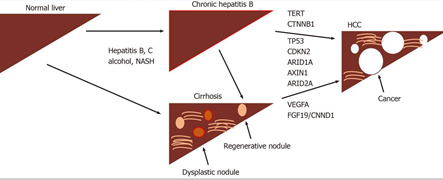
Carbohydrates
Over
the past decades, sugar-sweetened beverages (SSB) consumption has increased
dramatically worldwide. Although still inconclusive, this rising trend in sugar
consumption, practically simple sugar (mainly fructose consumption), has been
positively associated with weight gain and obesity, insulin resistance and T2D,
and NAFLD. As mentioned above, insulin resistance, obesity and NAFLD may lead
to the establishment of HCC. Thus, SSB consumption, mainly fructose, could be
thereby linked to HCC development.
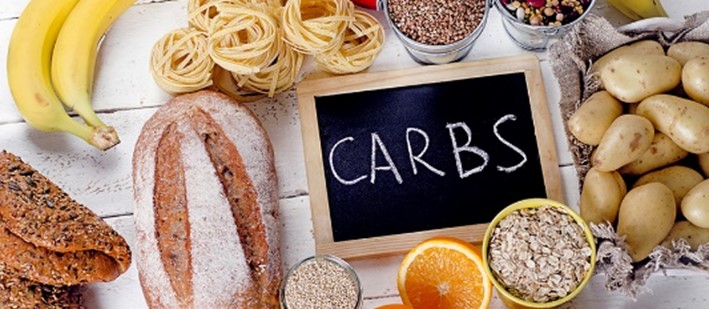
Dietary
fats/fatty acids
To
date, the association between dietary fat intake and risk of HCC has not been
well studied, and the existing epidemiologic evidence is limited and
inconclusive.
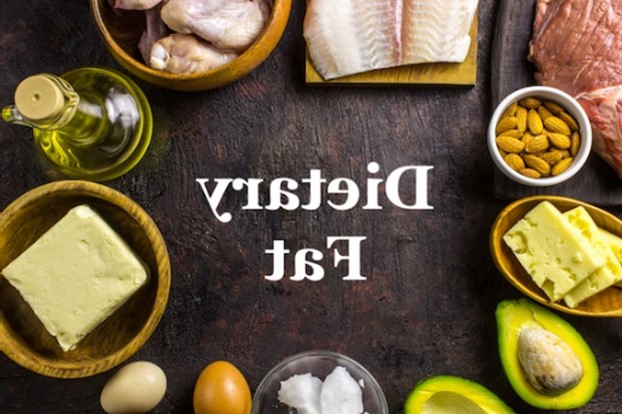
Dietary
proteins/amino acids
The
three BCAAs, leucine, isoleucine and valine, are among the nine essential amino
acids for humans. They have been shown to affect gene expression, protein
metabolism, apoptosis and regeneration of hepatocytes, and insulin resistance.
They have also been shown to inhibit the proliferation of liver cancer cells in
vitro.
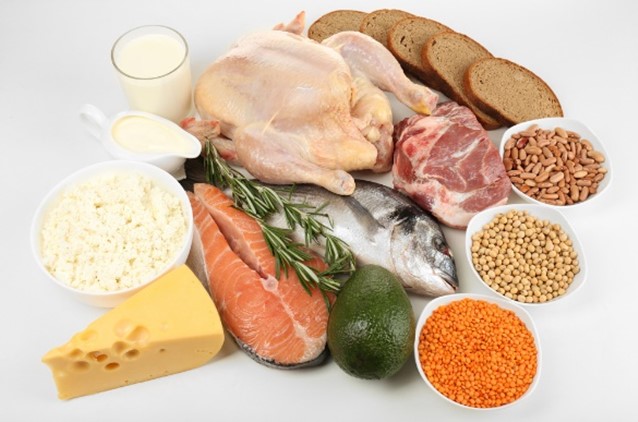
Dietary
trace elements and vitamins
In
the 2 cohorts of Shanghai Men's and Women's Health Study with 132,765 Chinese
adults and over 500 liver cancer cases, it suggested that dietary manganese
intake was inversely associated with liver cancer risk
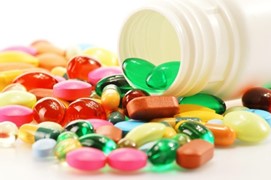
Dairy
products
Previous
studies suggested that high dairy product intake may increase the levels of
plasma IGF-1. The increased concentration of IGF-1, an important factor in the regulation
of cell proliferation, differentiation, apoptosis, and carcinogenesis, might
contribute to the development of several cancers including HCC in experimental
studies.
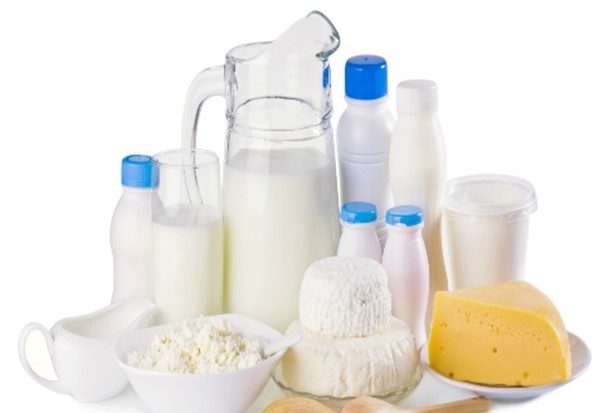
Fruit,
vegetable
Consistently,
total fiber, vegetable fiber, especially cereal fiber, were possibly associated
with lower HCC risk, while fiber from fruit did not seem to be associated with
HCC risk.
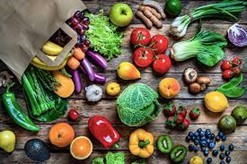
Meats
In
the Japanese Ministry of Education (JACC) cohort, showing no significant
association between beef or pork intake and HCC mortality without adjustment
for any risk factors. Intake of red meat particularly processed red meat may
increase, while white meat possibly fish may decrease the risk of HCC
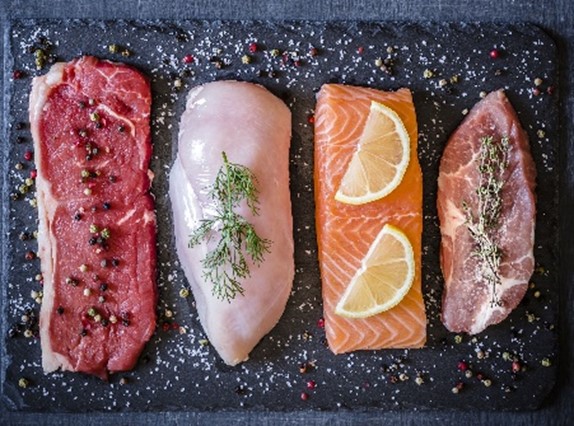
Coffee
and alcohol
The
evidence that coffee protects against liver cancer has been determined as
“probable” but not “convincing”, Heavy alcohol intake (i.e., >45 grams/day,
above ~3 drinks/day) has been determined as a convincing cause of liver cancer
by World Cancer Research Fund International/American Institute for Cancer
Research.
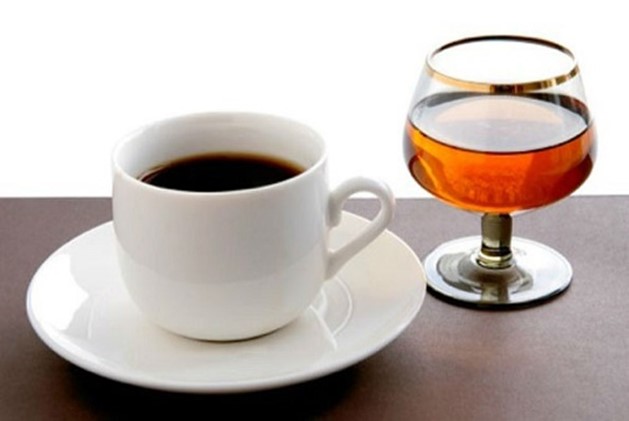
Biomarkers
Alpha-fetoprotein (AFP)
Usually, you have a very small amount of
alpha-fetoprotein (AFP) in your body. But when you have liver disease, some
types of cancer, or are pregnant, you'll usually have more of it in your blood.
An AFP tumor marker test checks the level of this protein. A higher AFP level
doesn't always mean you have a health problem. Some people simply have more AFP
than is typical.
Therefore, AFP a glycoprotein and an oncofetal
antigen has been the most widely used biomarker to aid in the diagnosis of HCC.
Aberrant production of AFP is observed in almost 50% of all HCCs. A
meta-analysis report found that AFP assays for HCC diagnosis had a pooled sensitivity
of 51.9% and a specificity of 94%, yielding an area under the curve (AUC) value
of 0.81. Most studies have assumed that AFP performs equally well in all
patients, independent of liver disease etiology or severity.
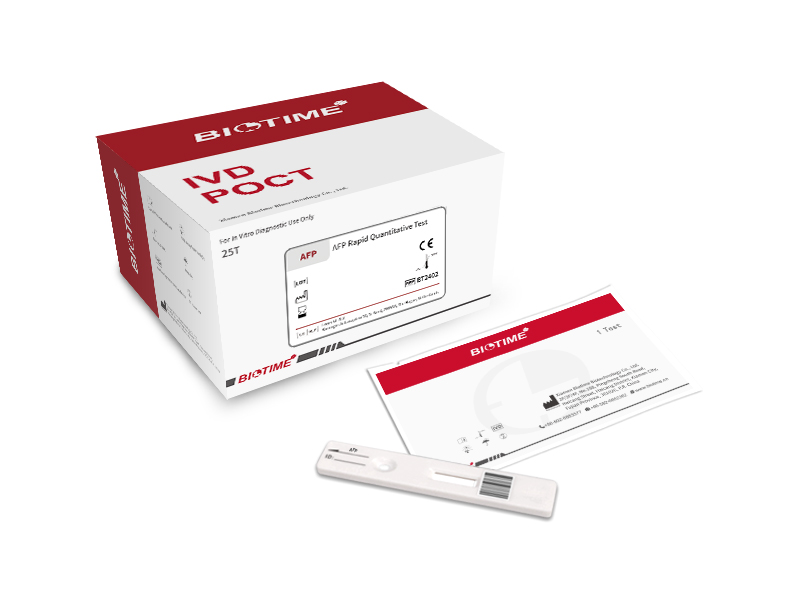
Reference:
Xu C, Yan Z, Zhou L, Wang Y. A comparison of glypican-3 with alpha-fetoprotein as a serum marker for hepatocellular carcinoma: a meta-analysis. J Cancer Res Clin Oncol. 2013;139:1417-1424. [PubMed] [Google Scholar]
Attwa MH, El-Etreby SA. Guide for diagnosis and treatment of hepatocellular carcinoma. World J Hepatol. 2015;7:1632-1651. [PMC free article] [PubMed] [Google Scholar]
Bai DS, Zhang C, Chen P, Jin SJ, Jiang GQ. The prognostic correlation of AFP level at diagnosis with pathological grade, progression, and survival of patients with hepatocellular carcinoma. Sci Rep. 2017;7:12870. [PMC free article] [PubMed] [Google Scholar]
Bleich SN, Wang YC, Wang Y et al. (2009)
Increasing consumption of sugar-sweetened
beverages among US adults: 1988-1994 to 1999-2004. The American journal of
clinical nutrition 89, 372-381.
Rebollo A, Roglans N, Alegret M et al. (2012) Way
back for fructose and liver metabolism: bench
side to molecular insights. World journal of gastroenterology 18, 6552-6559.
Vila L, Roglans N, Perna V et al. (2011) Liver
AMP/ATP ratio and fructokinase expression are
related to gender differences in AMPK activity and glucose intolerance in rats
ingesting liquid fructose. The Journal of nutritional biochemistry 22, 741-751.
Roglans N, Vila L, Farre M et al. (2007)
Impairment of hepatic Stat-3 activation and reduction of
PPARalpha activity in fructose-fed rats. Hepatology 45, 778-788.
Li JM, Li YC, Kong LD et al. (2010) Curcumin
inhibits hepatic protein-tyrosine phosphatase 1B
and prevents hypertriglyceridemia and hepatic steatosis in fructose-fed rats.
Hepatology 51, 1555-1566.
Rebollo A, Roglans N, Baena M et al. (2014)
Liquid fructose downregulates Sirt1 expression and
activity and impairs the oxidation of fatty acids in rat and human liver cells.
Biochimica et biophysica acta 1841, 514-524.
Laguna JC, Alegret M, Roglans N (2014) Simple
sugar intake and hepatocellular carcinoma:
epidemiological and mechanistic insight. Nutrients 6, 5933-5954.
Tasevska N, Jiao L, Cross AJ et al. (2012) Sugars in diet and risk of cancer in the NIH-AARP Diet and Health Study. International journal of cancer 130, 159-169.
Duarte-Salles T, Fedirko V, Stepien M et al. (2015) Dietary fat, fat subtypes and hepatocellular carcinoma in a large European cohort. International journal of cancer 137, 2715-2728
Freedman ND, Cross AJ, McGlynn KA et al. (2010) Association of meat and fat intake with liver disease and hepatocellular carcinoma in the NIH-AARP cohort. Journal of the National Cancer Institute 102, 1354-1365.
Polesel J, Talamini R, Montella M et al. (2007) Nutrients intake and the risk of hepatocellular carcinoma in Italy. European journal of cancer 43, 2381-2387.
Koh WP, Dan YY, Goh GB et al. (2016) Dietary fatty acids and risk of hepatocellular carcinoma in the Singapore Chinese health study. Liver international : official journal of the International Association for the Study of the Liver 36, 893-901.
Yang W, Sui J, Ma Y et al. (2020) High Dietary Intake of Vegetable or Polyunsaturated Fats is Associated With Reduced Risk of Hepatocellular Carcinoma. Clin Gastroenterol Hepatol.
Zhang W, Shu XO, Li H et al. (2012) Vitamin intake and liver cancer risk: a report from two cohort studies in China. Journal of the National Cancer Institute 104, 1173-1181.
Lan QY, Zhang YJ, Liao GC et al. (2016) The Association between Dietary Vitamin A and Carotenes and the Risk of Primary Liver Cancer: A Case-Control Study. Nutrients 8.
Duarte-Salles T, Fedirko V, Stepien M et al. (2014) Dairy products and risk of hepatocellular carcinoma: the European Prospective Investigation into Cancer and Nutrition. Int J Cancer 135, 1662-1672.
Yang W, Sui J, Ma Y et al. (2020) A prospective study of dairy product intake and the risk of hepatocellular carcinoma in U.S. men and women. Int J Cancer 146, 1241-1249.